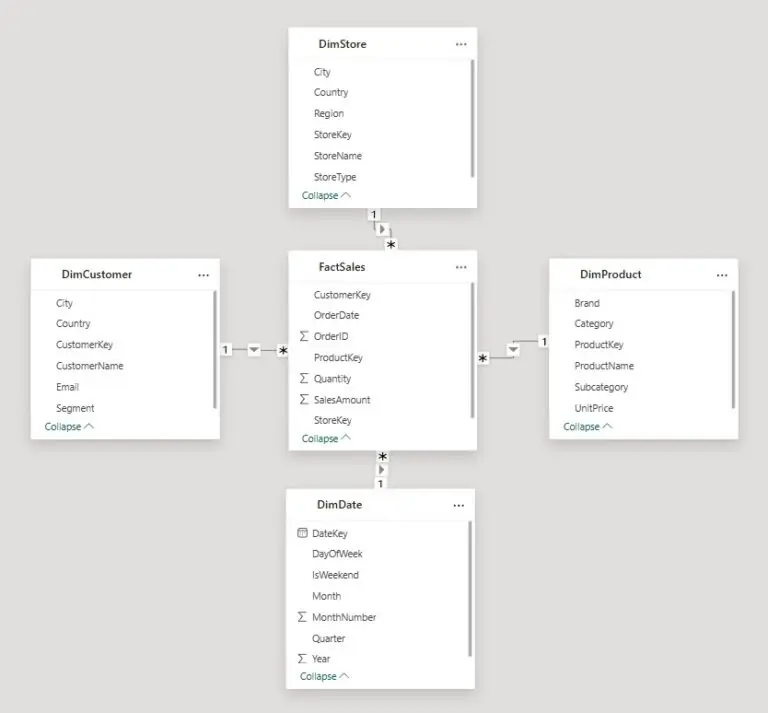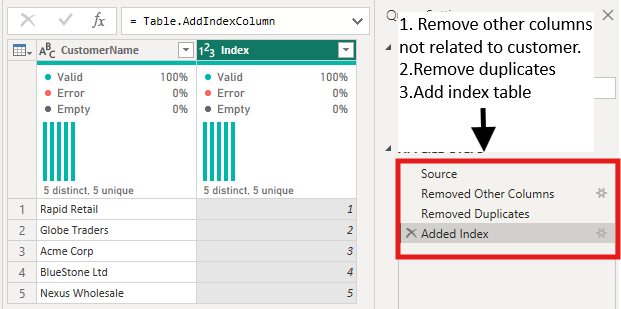
Power BI vs Excel: Which To Use For Business Reporting
Contents
Excel has been the go-to tool for data analysis and reporting for decades.
But with the rise of modern BI tools like Power BI, professionals now have more options than ever.
So how do you decide when to use Excel and when to switch to Power BI? Let’s break it down.
1. Understanding the Core Differences
Excel is a versatile spreadsheet application perfect for ad hoc calculations, small-scale data work, and personal productivity.
Power BI, on the other hand, is a dedicated business intelligence platform built for transforming, analysing, and visualizing large and complex datasets.
Think of Excel as a Swiss Army knife for data tasks, while Power BI is more like a specialized dashboarding and data storytelling engine.
Microsoft Trainer Insight:
In our experience training thousands of professionals, Power BI consistently outperforms Excel when it comes to large-scale, business-wide reporting.
If you are picking one to learn for career development, we would definitely recommend Power BI.
2. Data Volume and Performance
Excel can slow down significantly with large datasets (especially over a million rows).
Power BI is on the other hand optimized for high-performance analytics on big data.
It uses a powerful data engine (VertiPaq) to compress and process large datasets efficiently.
3. Data Modelling and Relationships
Excel supports basic data tables and lookups, but Power BI allows for relational data models.
You can build star schemas, define complex relationships, and control filter context through DAX calculations.
This structure supports robust reporting and interactive dashboards without duplicating or flattening data.
4. Visualisation and Storytelling
While Excel has charts and pivot tables, Power BI is designed for advanced data visualisation and storytelling.
With unique visualisations like bullet charts, drill-downs, and cross-filtering, Power BI offers a more dynamic and user-friendly interface for exploring insights.
If your goal is to create an engaging, interactive report, Power BI is the better choice.
5. Collaboration and Sharing
Power BI makes sharing insights across teams and departments seamless through Power BI Service, enabling report publishing, role-based access, and cloud collaboration.
Excel sharing often relies on email attachments or cloud storage links, which can lead to version control issues.
For modern, collaborative analytics, Power BI clearly has the edge.
If you need something even more advanced, check out the differences between Power BI and Microsoft Fabric, and you might just find what you’re looking for!
6. Use Cases: When to Use What
Use Excel when:
- You’re performing quick, manual calculations.
- Working solo on smaller datasets.
- You need flexible formatting and printing.
Use Power BI when:
- You need live dashboards and reports.
- You’re collaborating across departments.
- Your data comes from multiple sources and requires modelling.
Final Thoughts
Excel remains a critical tool for many business tasks, but when it comes to professional-grade reporting, collaboration, and scalability, Power BI is the clear frontrunner.
Most modern data professionals use both – Excel for flexibility and Power BI for impact.
Excel is however easier to learn by yourself, while people tend to need Power BI courses to become proficient.
If you’re trying to decide where to take your Excel skills further, see our detailed comparison of Acuity Training vs Happy — two of London’s leading Excel course providers.
By knowing each tool’s strengths, you can pick the right one for every scenario and build reporting solutions that drive smart decisions.
- Facebook: https://www.facebook.com/profile.php?id=100066814899655
- X (Twitter): https://twitter.com/AcuityTraining
- LinkedIn: https://www.linkedin.com/company/acuity-training/







